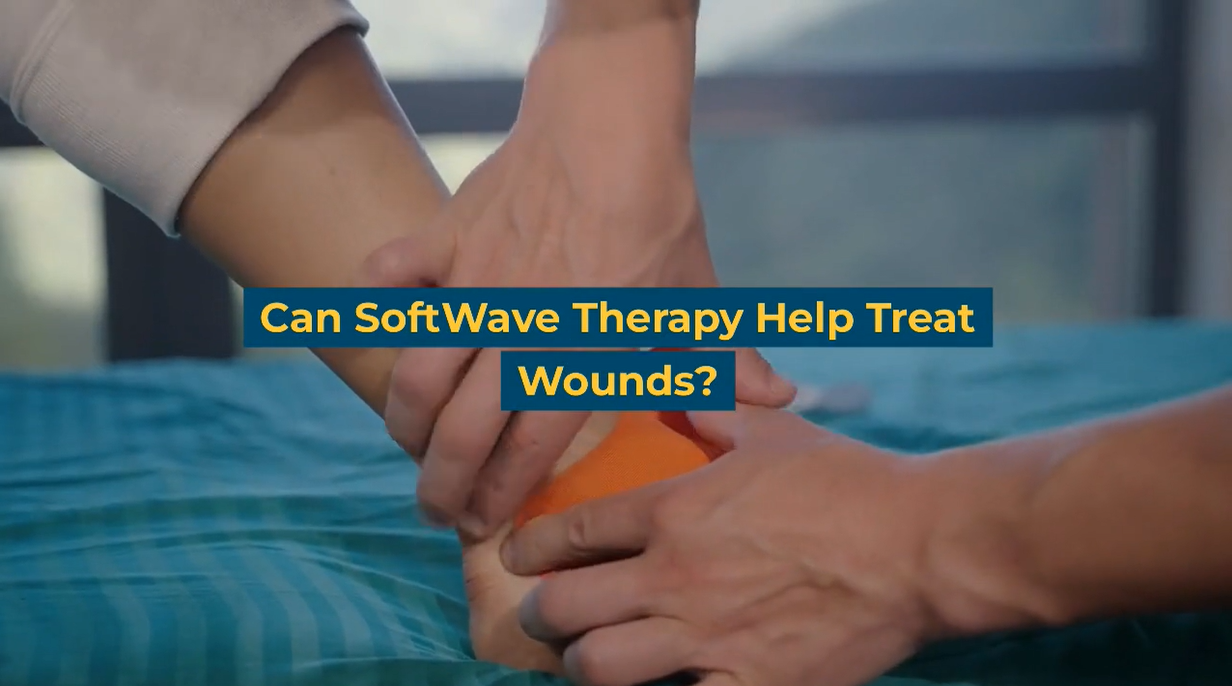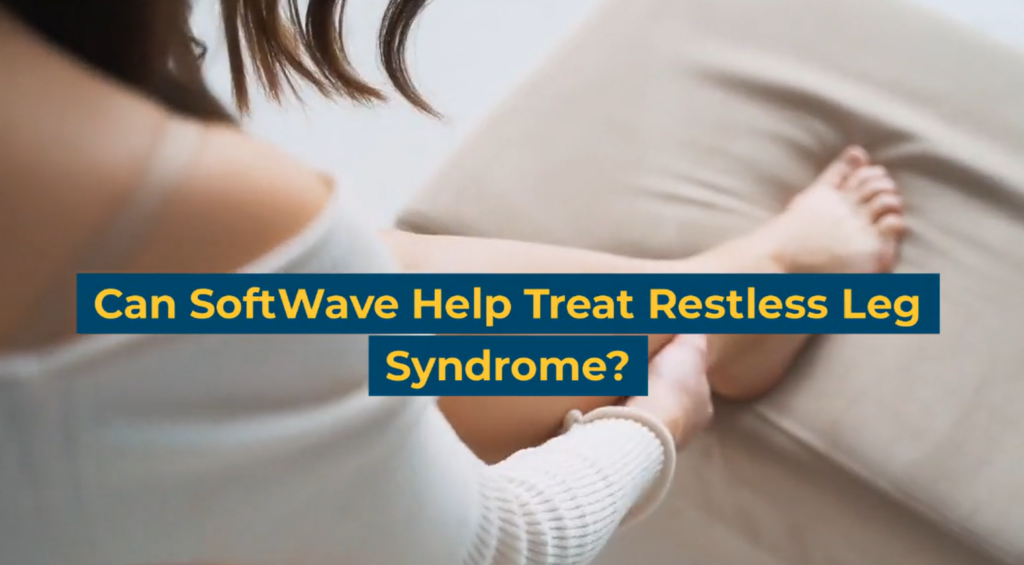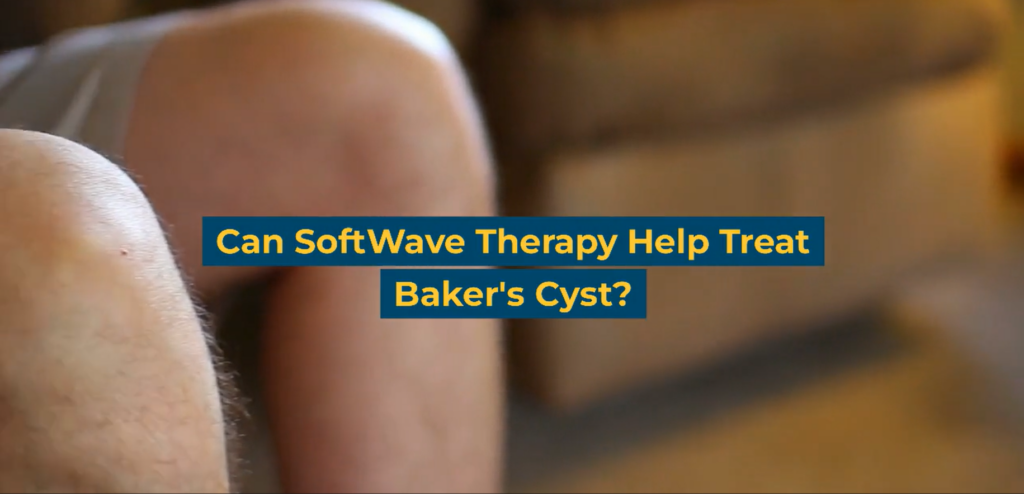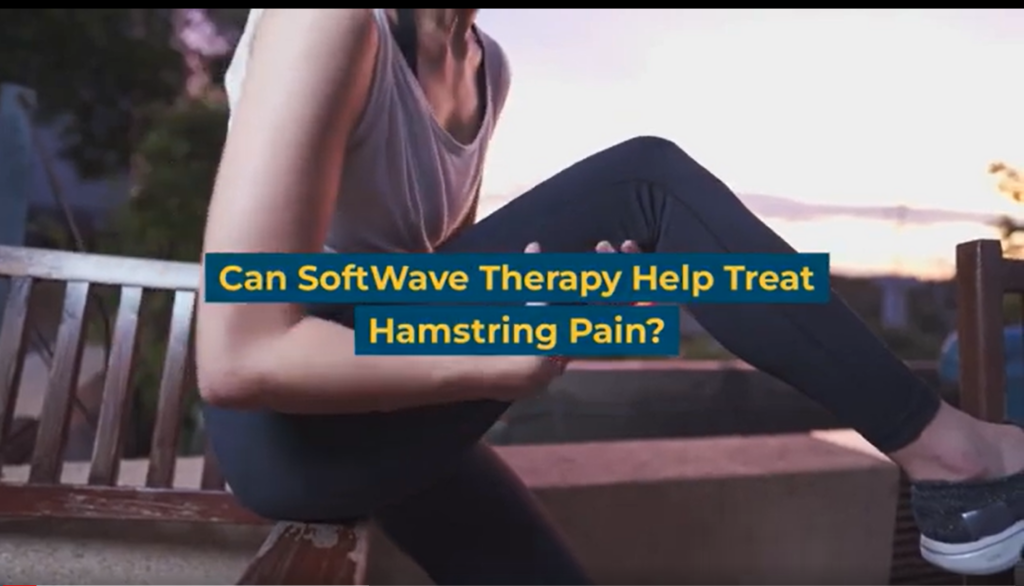Can SoftWave Therapy Help Treat Wounds?
Wound healing is a natural and complex process that our bodies undergo when injured. However, this process is not always smooth and can face several challenges. From small cuts and bruises to more severe injuries like surgical wounds, wounds can lead to pain, infection, and complications if not properly managed. Enter SoftWave therapy – a non-invasive alternative for wound treatment. SoftWave therapy utilizes non-invasive, shockwaves to stimulate cellular activity and promote tissue regeneration to help treat wounds.
New Patient Special
Try SoftWave for just $69 at a clinic near you and learn if you’re a candidate for full treatment

Understanding Wounds
Understanding wounds and their causes involves recognizing various types of wounds, each with distinct characteristics:
- Acute wounds: Resulting from accidents, cuts, or burns, these injuries are short-term and typically heal within a few weeks.
- Chronic wounds: Persistent and slow to heal, these wounds may require weeks, months, or even years to fully recover. Examples include diabetic ulcers or pressure sores.
- Surgical wounds: Incisions made during surgical procedures fall into this category and demand careful post-operative care.
Wound treatment can be complex, as each type requires tailored care. Some common challenges include the risk of infection, slow healing, significant pain and discomfort, and the potential for unsightly scars or keloids. Traditional wound treatment methods like dressings, antibiotics, and surgical interventions have been the primary approach for years, proving effective in many cases. However, their effectiveness may vary, especially with chronic or slow-healing wounds. Embracing advancements like SoftWave therapy offer hope for improved wound treatment, faster healing, reduced pain, and better outcomes for patients.
Introducing SoftWave Therapy for Wound Healing
SoftWave shows great promise in revolutionizing wound healing. But what exactly is SoftWave, and how does it work?
SoftWave employs non-invasive, broad-focused shockwaves to stimulate cellular activity and promote tissue regeneration in the affected area. These shockwaves are delivered to the wound site, causing little to no discomfort to the patient. The treatment process is a favorable option for individuals seeking relief from wound-related pain.
Numerous studies and clinical trials have been conducted to evaluate SoftWave’s efficacy in wound treatment:
- In one study, Extracorporeal Shock Wave Therapy (ESWT) was used to treat complicated, nonhealing, acute, and chronic soft-tissue wounds. Remarkably, 156 out of 208 patients achieved 100% wound epithelialization during the follow-up period, with no treatment-related complications or infections. This study demonstrated that ESWT is a safe and feasible strategy for treating various soft tissue wounds.
- Another case study documented the successful treatment of dystrophic calcification ulcers in a 78-year-old patient using low-density, broad-focused shockwaves. The therapy resulted in significant pain reduction and progressive healing of the ulcers, highlighting the potential of shockwave therapy for various wound types.
- SoftWave therapy has shown its effectiveness in reducing wound size significantly in elderly patients with chronic ulcers, as demonstrated by a case where a DermaGold soft-focused Multiwave treatment resulted in a 99.9% decrease in wound size and scar-free healthy skin tissue regeneration.
Comparing SoftWave with other wound healing modalities, SoftWave therapy offers several advantages, such as being non-invasive and painless, which makes it an attractive option for patients seeking effective wound treatment.
SoftWave Applications in Wound Treatment
SoftWave’s versatility extends to various wound types, making it applicable in a wide range of scenarios:
- Chronic wound management: Wounds such as diabetic ulcers and pressure sores can be persistent and challenging to heal. SoftWave’s regenerative capabilities offer a promising solution for managing and promoting the healing of chronic wounds, improving patients’ quality of life.
- Post-operative wound healing: After surgical procedures, proper wound healing is crucial for a successful recovery. SoftWave’s ability to stimulate tissue regeneration can aid in the healing process, potentially reducing recovery time and post-operative complications.
- SoftWave for acute wounds and injuries: Acute wounds resulting from accidents, cuts, or burns can benefit from SoftWave’s regenerative properties, promoting quicker healing and minimizing the risk of complications.
Incorporating SoftWave therapy into wound treatment can be transformative, offering patients a more efficient healing experience. Its ability to address various wound types and promote natural healing mechanisms makes it an empathetic choice for healthcare professionals seeking to provide the best care possible to their patients.
Advantages of SoftWave in Wound Treatment
SoftWave therapy offers significant advantages that can revolutionize wound healing. Firstly, it is non-invasive, providing patients with treatment that has little to no side effects compared to traditional methods. The use of shockwaves stimulates healing without any incisions or invasive procedures, reducing discomfort.
Moreover, SoftWave therapy reduces the risk of infection and complications associated with open wounds. By promoting cellular activity and tissue regeneration, SoftWave helps wounds heal more efficiently, minimizing the chances of infections and related issues.
One of the most compelling benefits of SoftWave therapy is its potential to accelerate the healing process and reduce scar formation. Faster wound healing not only means shorter recovery times but also lowers the risk of complications that may arise during prolonged healing. Additionally, SoftWave therapy’s ability to promote proper tissue regeneration can lead to less noticeable scarring, enhancing patients’ physical and emotional well-being.
Embrace Non-Invasive Wound Healing with SoftWave Therapy
SoftWave therapy presents a groundbreaking approach to wound healing. With its non-invasive nature, SoftWave therapy provides patients with a less stressful experience during the healing process. Moreover, it has been shown to reduce the risk of infection and complications, enhancing patient safety and well-being.
Furthermore, SoftWave therapy’s ability to accelerate healing and minimize scarring opens new possibilities for better patient outcomes. It addresses the challenges associated with chronic and slow-healing wounds, presenting an alternative to conventional wound treatments.
If you’re seeking innovative and effective wound healing solutions, don’t hesitate to explore SoftWave therapy. Embrace the future of non-invasive wound healing and take the first step towards a smoother, faster, and more comfortable recovery. Find the nearest SoftWave therapy provider or learn more information SoftWave therapy today.
Disclaimer: The information provided in this blog is for educational and informational purposes only and is not intended as a substitute for professional medical advice, diagnosis, or treatment. The content provided in this blog should not be used to diagnose or treat any health problems or illnesses. Always consult with a qualified healthcare professional before making any changes to your healthcare routine or treatment plan.




